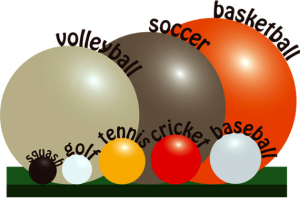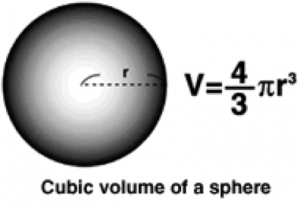At one point in every students educational career, they encounter the Pythagorean Theorem and the Trigonometric Ratios. A learning progression must be developed in order to teach the students both concepts and understand how they connect.
The learning progression that will be shown in this post will be about the Pythagorean Theorem and the trigonometric ratios for an Algebra 1 course. For the learning progression, the first cluster that will be used is: Understand and apply the Pythagorean Theorem. The Common Core Math Standards that fall under it are: CCSS.MATH.CONTENT.8.G.B.6: Explain a proof of the Pythagorean Theorem and its converse. Also, CCSS.MATH.CONTENT.8.G.B.7: Apply the Pythagorean Theorem to determine unknown side lengths in right triangles in real-world and mathematical problems in two and three dimensions.
The second cluster is: Define trigonometric ratios and solve problems involving right triangles. The Common Core Math Standards are the cluster is: CCSS.MATH.CONTENT.HSG.SRT.C.6: Understand that by similarity, side ratios in right triangles are properties of the angles in the triangle, leading to definitions of trigonometric ratios for acute angles. Also, CCSS.MATH.CONTENT.HSG.SRT.C.8: Use trigonometric ratios and the Pythagorean Theorem to solve right triangles in applied problems.*
The Mathematical Practices used for the learning progression are: MP1: Make sense of problems and persevere in solving them. MP4: Model with mathematics. MP5: Use appropriate tools strategically. MP6: Attend to precision.
In addition, the students will be assessed informally and formally for each lessons of the learning progression. The students will asked various questions to check for understanding throughout each lesson. The students will be following along in the classroom and they will be doing worksheets to demonstrate and practice their skills. One of the assignments they will be given is on a worksheet of trigonometric ratios. The students will be calculating the six trigonometric ratios based on the values of the sides of a triangle. In addition, exit tasks will be given out for each lesson as well. The exit tickets will be feedback to the teacher, which will help organize the lesson for the next day. For instance, for day one, the students will be learning about the Pythagorean Theorem and be applying the theorem to solve problems. The problem students will work on for the exit task is: “Find the length of a ladder that is 12 meters and is leaning against a 10 meter building. How far is the ladder from the building?” Shown below is a sketch of the building, the grass, and the ladder. This formative assessment of an exit task will help the teacher gain insight on the level of mastery the students are at by the end of the leson.
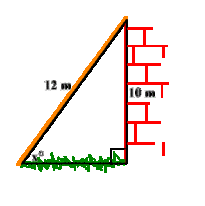
In the end, the Pythagorean Theorem and the trigonometric ratios are important concepts for students to learn. The assessments, benchmarks, exit tasks, and warm-ups must be organized and presented in an appropriate manner to maximize learning for the students in the classroom.
Below is the learning progression:
Pythagorean Theorem Learning Progression
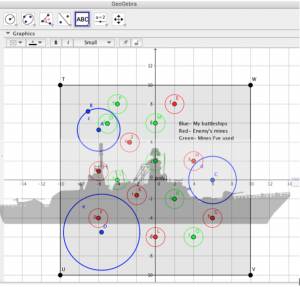
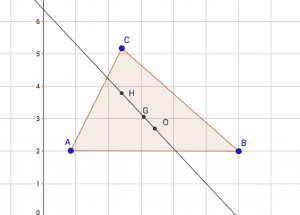
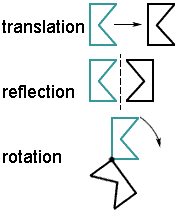
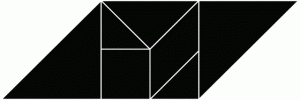
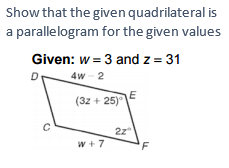
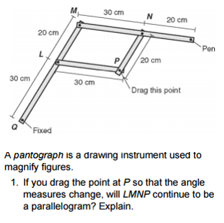


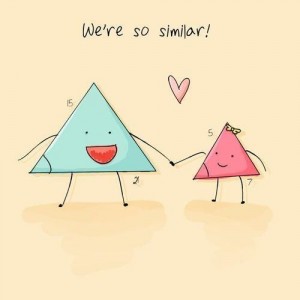


 cones are a great snack on a summer day, they also pose some great potential problems for a high school geometry class. Teachers might use a picture like this to have students solve several problems. Students could find exactly how much ice cream can actually fit in a cone by finding the volume. This problem provides a great opportunity for students to do this practically in class too, and enjoy a snack while they do it. Students might also find compound volumes of cones and sphere’s by putting more ice cream on top of the cone.
cones are a great snack on a summer day, they also pose some great potential problems for a high school geometry class. Teachers might use a picture like this to have students solve several problems. Students could find exactly how much ice cream can actually fit in a cone by finding the volume. This problem provides a great opportunity for students to do this practically in class too, and enjoy a snack while they do it. Students might also find compound volumes of cones and sphere’s by putting more ice cream on top of the cone.